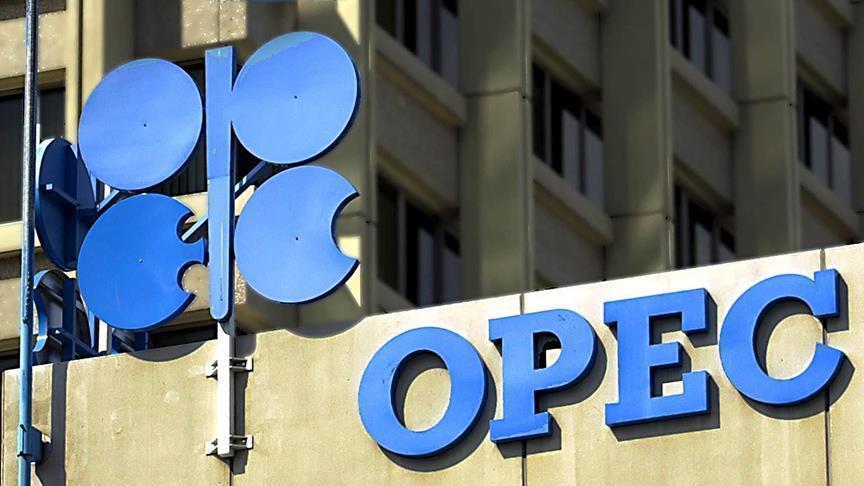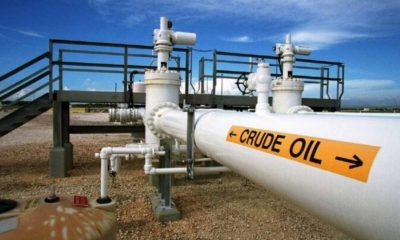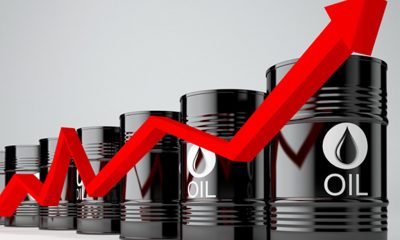Brent crude dipped on Wednesday ahead of a meeting of the OPEC ministerial council, as the market weighed expectations for tighter supply against concerns that high-interest rates could dampen fuel demand.
Crude futures fell 18 cents, or 0.2%, to $90.74 a barrel at press time, while U.S. West Texas Intermediate (WTI) crude fell $89/barrel.
Data late Tuesday showed U.S. job openings rose by the largest amount in more than two years, triggering another sharp rise in Treasury yields.
Oil standards are also pressured by concerns that a stronger dollar could dampen demand, as it would make oil more expensive for holders of other currencies.
A stronger dollar makes it more expensive to buy oil abroad and may have the effect of reducing product prices. However, the fundamental backdrop of the oil market suggests we could see a return to recent highs.
READ ALSO: Marketers allay fears of petrol price hike over rising crude price
OPEC is largely expected to maintain current production cuts of 2 million barrels per day, with Saudi Arabia continuing to reduce their supplies by 1 million bpd, respectively.
The Organization of the Petroleum Exporting Countries, or OPEC+, is expected to leave production policy unchanged at its meeting on Wednesday after members Saudi Arabia and Russia extended production cuts.
Saudi Arabia is expected to raise the official November selling price of Arab Light crude to Asia for the fifth consecutive month, as market participants predict supplies of medium sour crude to remain a limited mechanism.
The black viscous liquid has fallen about 6% since its September high, where it is trying to find support.
The price closed slightly below the September 26 low, opening the door for additional selling.
Bostic, president of the Atlanta Fed, dealt another blow to risk markets, hit by a rise in Treasury yields that occurred after the liquidation of US bonds and a surge in the dollar bringing it to an 11-month high. He thinks there could even be a rate hike as late as 2024.
READ ALSO: SERAP releases survey findings on transparency, accountability in management of oil and gas resources in Niger Delta
His words are not just comforting to commodity and stock buyers, who are desperate to escape the fear factor about A super-hawkish Fed that has once again dominated the investor world after a rest period in the second quarter.
Ahead of a widely expected rate hike in November or December – and after a pause in September – it’s a sign that the central bank may be done with further rate hikes after 11 rate hikes from March 2022 to July 2023.
Meanwhile, negotiations to restart Iraqi oil exports via a pipeline through Turkey are still ongoing, a day after Turkey said the operations will resume this week after a nearly six-month shutdown.
The United States’ oil supply and demand mechanism is also closely watched by investors. Industry data showed crude inventories fell by about 4.2 million barrels in the week ended September 29, according to market sources citing figures from the American Petroleum Institute on Tuesday.

 Health & Fitness3 days ago
Health & Fitness3 days ago
 Featured7 days ago
Featured7 days ago
 Education1 week ago
Education1 week ago
 Aviation5 days ago
Aviation5 days ago
 Business1 week ago
Business1 week ago
 Business7 days ago
Business7 days ago
 Crime1 week ago
Crime1 week ago
 News6 days ago
News6 days ago









